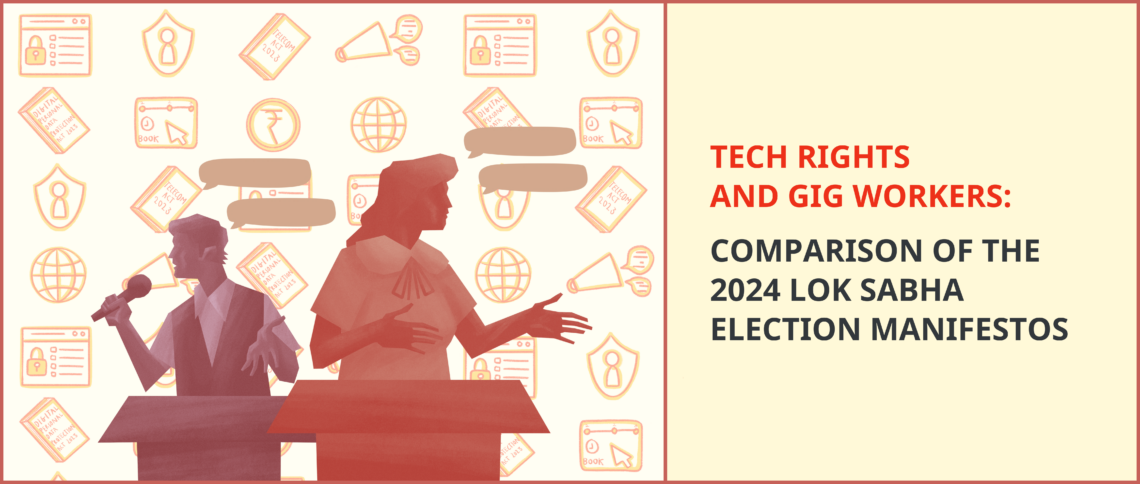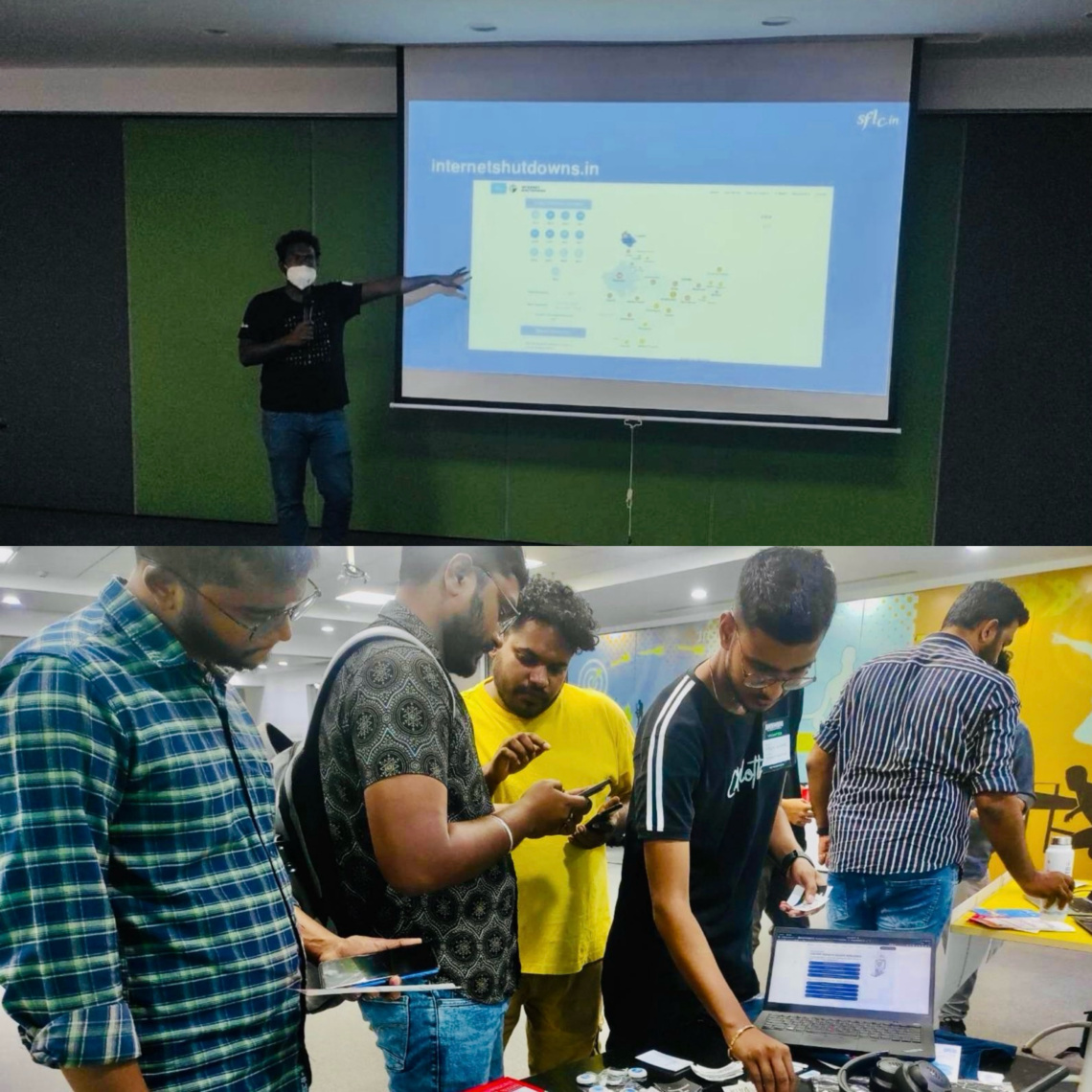ISEE-3 Reboot Project Revives 1970s-Era Satellite With FOSS Program GNU Radio
http://www.fsf.org/blogs/community/free-software-in-space-gnu-radio-and-the-isee-3-spacecrafthttp://www.nasa.gov/content/isee-3-an-old-friend-comes-to-visit-earth/http://www.universetoday.com/113733/isee-3-completes-lunar-flyby-begins-a-citizen-science-program/http://gnuradio.org/redmine/projects/gnuradio/wiki
The ISEE-3 satellite lay abandoned until a crowd-funded effort to revive the decades-old satellite and re-purpose it as a tool for public domain science succeeded in establishing a command and control link in early August. The satellite, launched in 1978, had been intended to return to earth but the United States National Aeronautics and Space Administration (NASA) canceled its planned recovery due to budgetary pressures. With the help of a team of volunteers and donors Dennis Wingo and Austin Epps of Skycorp Inc set out to revive and “reboot” the satellite for the benefit of the public. Among the formidable challenges the project faced was the non-existence of any radio equipment capable of communicating with ISEE-3. The earth-based equipment originally intended to be employed in communicating with the 40-year old satellite had long since been taken out of commission. However, the project was ultimately able to establish contact with ISEE-3 through the aid of flexible radio hardware and FOSS program GNU Radio. Together these tools allowed the project to replicate the functions of the outdated communications equipment using a technique known as software-defined radio. Instead of designing and producing custom single-purpose radio components, the project was able to implement ISEE-3’s 1970s era communications protocol on a computer. After studying the surviving documentation of the ISEE-3 communications systems, project members specially configured to reproduce the necessary functions via programable radio transmission equipment.
The project was able to establish contact with the satellite though the satellite was unable to move itself into a nearby orbit. The project continues to receive data from the satellite and plans to release all of the data gathered by its remaining sensors for public analysis. John Gilmore, a founding member of the GNU Radio project commented, “This openness to inquiry, collaboration, and ‘standing on the shoulders of giants’ is at the heart of all science […] The GNU Project has institutionalized those principles in a vast community of software authors and users. And GNU’s legalized freedom and sharing […] enable many people to use it and contribute to it — such as these volunteers.”
GNU GPLv2 At Issue in United States Federal Court Dispute
http://dockets.justia.com/docket/california/candce/5:2013cv05160/271647https://opensource.com/law/14/7/lawsuit-threatens-break-new-ground-gpl-and-software-licensing-issueshttp://www.gnu.org/licenses/gpl-2.0.html
Widely used FOSS License, the GNU General Public License version 2 (“GPLv2”) published by the Free Software Foundation is a central focus of on-going litigation in United States federal court in the Northern District of California. The plaintiff is suing for infringement of copyright on the basis of alleged violation of the FOSS license terms for its software. Some Defendants argue that their use of the software was authorized by the terms of the GPL.
Background
The Plaintiff in this case, XimpleWare, is a software company in California that develops and markets software called “VTD-XML” for high efficiency XML parsing. XimpleWare publishes its software, including its source code, under GPL. One Defendant Versata develops and markets software called Distribution Channel Management, or “DCM”. DCM is enterprise software that Versata licenses to financial services and insurance companies.
Another pair of Defendants, the two Ameriprise defendants, are related companies in the financial services industry headquartered in Minneapolis, Minnesota. Ameriprise uses a network of thousands of franchisee financial advisors. Ameriprise licensed DCM from Versata. Versata sued Ameriprise in Texas state court for breach of its software license agreement for DCM. During discovery in that Texas litigation, Ameriprise learned that Versata had incorporated several pieces of open source software, including VTD-XML, into the DCM product. That case has since settled.
The Facts In Dispute
XimpleWare contends that Versata’s incorporation of VTD-XML into DCM violates the terms of the GPL license and constitutes copyright infringement. Essentially all facts are in dispute at this stage.
Versata denies that VTD-XML is incorporated into DCM, or that it has breached any agreement with XimpleWare or Ameriprise.
Ameriprise denies that it has infringed any copyright owned by XimpleWare. Rather, Ameriprise contends that XimpleWare’s use of the GPL provides a license to Ameriprise to use VTD-XML and DCM, which it contends incorporates VTD-XML. Ameriprise has not breached any obligation that would deprive it of any rights granted under the GPL, and thus asserts that XimpleWare has no cognizable claim against it.
The Legal Issues
The primary legal issues in this case are whether Versata’s alleged incorporation of VTD-XML into DCM violates the terms of the GPL, and whether Ameriprise’s use and distribution of DCM—including distribution to and use by franchisees—are also GPL violations.
In addition to the copyright defenses asserted by Versata, Ameriprise contends that another issue in the case is what constitutes distribution or use by third parties as asserted by XimpleWare as the violation of the Copyright Act and the basis for its claim that Ameriprise’s conduct violated the GPL.
Current Status
The case is currently in the pre-trial discovery phase and trial is scheduled for the Spring of 2015. We will report on developments in the case as they occur.
Yahoo Announces Plans to Support End-to-End OpenPGP Encryption of Webmail
http://www.forbes.com/sites/kashmirhill/2014/08/07/yahoo-end-to-end-encryption/http://arstechnica.com/security/2014/08/yahoo-to-begin-offering-pgp-encryption-support-in-yahoo-mail-service/http://arstechnica.com/security/2014/06/google-released-chrome-extension-allows-easy-in-browser-webmail-encryption/http://googleonlinesecurity.blogspot.com/2014/06/making-end-to-end-encryption-easier-to.html
Close on the heels of Google’s June 3rd 2013 announcement of its FOSS End-To-End encryption tool, Yahoo has announced its plans to modify the software for integration with its own Yahoo Mail services. End-To-End is a Chrome browser extensions designed to help users maintain the privacy of their email communications by encrypting and decrypting message content according to the OpenPGP standard.
The underlying technology, Pretty Good Privacy or PGP, is an encryption protocol that has existed since the early 1990s. The foundation of the PGP framework consists of a pair of files known as a public key and a private key. Each email user has a private key that they keep on their computer (hence “private”) and a public key that they share with anyone who wants to communicate with them (hence “public”). Through the application of complex mathematics a specific public key can be used toencryptmessages which can only bedecryptedwith the aide of the corresponding private key.
Although PGP-based cryptography has been in wide use amongst journalists, corporations, software developers amongst others, the increasing effort at integrating the technology with popular webmail services signals a broader interest from major IT sector corporations in offering accessible private communication to average consumers. This trend is particularly notable because end-to-end encryption interferes with the business model of service providers who regularly scan their users messages for content-based ad targeting.
Adobe and Google Join to Launch New Open-Source Font Supporting Chinese, Japanese, and Korean Languages
http://techcrunch.com/2014/07/15/adobe-partners-with-google-to-release-open-source-font-for-chinese-japanese-and-korean-languages/http://www.google.com/get/noto/#/family/noto-sans-korehttp://blog.typekit.com/2014/07/15/introducing-source-han-sans/http://googledevelopers.blogspot.com/2014/07/noto-cjk-font-that-is-complete.htmlhttp://www.sandoll.co.kr/IR/index.asphttps://github.com/adobe-fonts/source-han-sans/
On July 15th 2014 Adobe and Google announced their joint release of a new open-source Apache 2.0-licensed font with wide support for Chinese, Japanese and Korean (“CJK”) character sets. The font, known as Source Han Sans and Noto Sans CJK by Adobe and Google respectively, covers an impressive 65,535 out of the total 74,617 CJK Unified Ideographs specified in Unicode and the maximum number of glyphs supported by the OpenType format.
The open license terms coupled with broad east-Asian language support covering Traditional Chinese (including Taiwan and Hong Kong SAR), Simplified Chinese, Japanese and Korean (with hangul syllables) as well as Latin, Greek and Cyrillic characters make this new font an attractive option for designers, developers, and users.
The design team partnered with local font designers and relied on their particular expertise to ensure a consistently beautiful and legible product. In Korea, for instance, Adobe and Google worked closely with Sandoll Communication. The full source for the multi-language font family is available for download fromAdobe’s Github Repository.
United States’ General Services Administration Announces New FOSS-Preference Policy
http://gsablogs.gsa.gov/innovation/2014/08/01/our-guiding-principles/http://fedscoop.com/gsas-open-source-approach/
The General Services Administration (“GSA”), the United States federal agency tasked with aiding the management and support of basic functioning of federal agencies announced on August 1st 2014 its adoption of an “open source first” policy. GSA Chief Information Officer Sonny Hashmi summarized the policy in an officialblog postwriting:
[A]ny solution developed using taxpayer dollars should be in the taxpayer’s domain (open source). At GSA, we believe that all code we developed should be shared under an open license so others may benefit from it. In addition, we will give priority to using open source software as we design now [sic] solutions
Gunnar Hellekson, Chief Strategist for the Red Hat US Public Sector group commented on the announcement:
You use open source because it can be cheaper, easier to procure, more flexible, and gives you access to a community of developers and users that’s rare with proprietary software. . . . If you want to do big data, for instance, all the interesting big data work is coming from the open source community. Google or Yahoo do something interesting, and they’ll release it to the community. With open source, agencies can make use of that innovation. It’s just how the world works now. This kind of policy is already the de facto standard in the commercial world, and for good reason: open source often provides more options, more innovation, and better software for less money.
The GSA is confident that their new policy will allow them to select the best solutions for all of the information technology based on factors such as performance, cost, support, and security while also ensuring that newly developed tools are available for reuse by the public.



